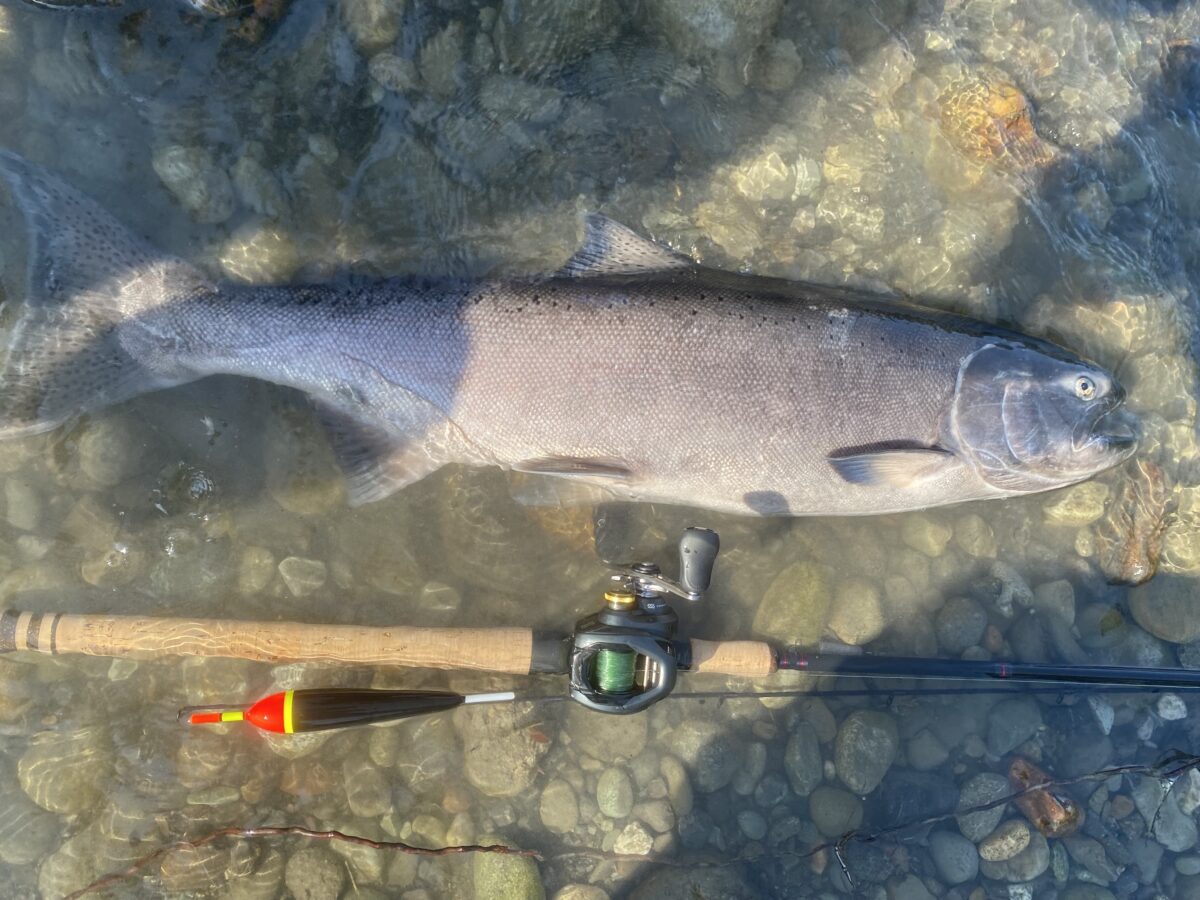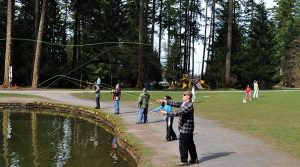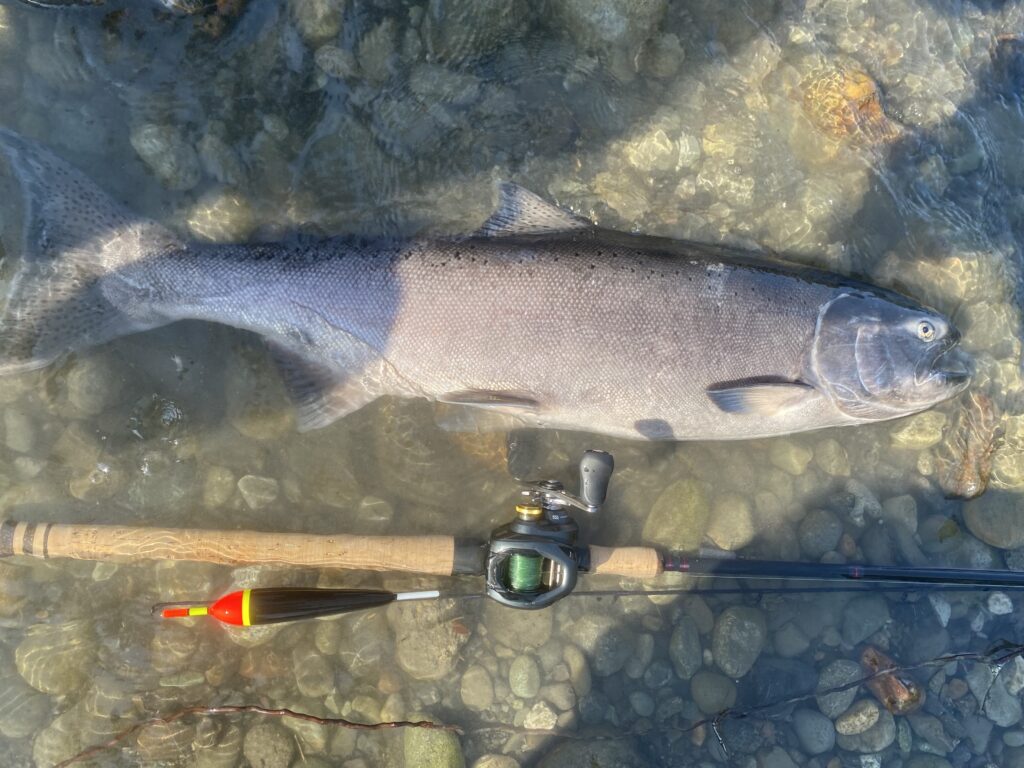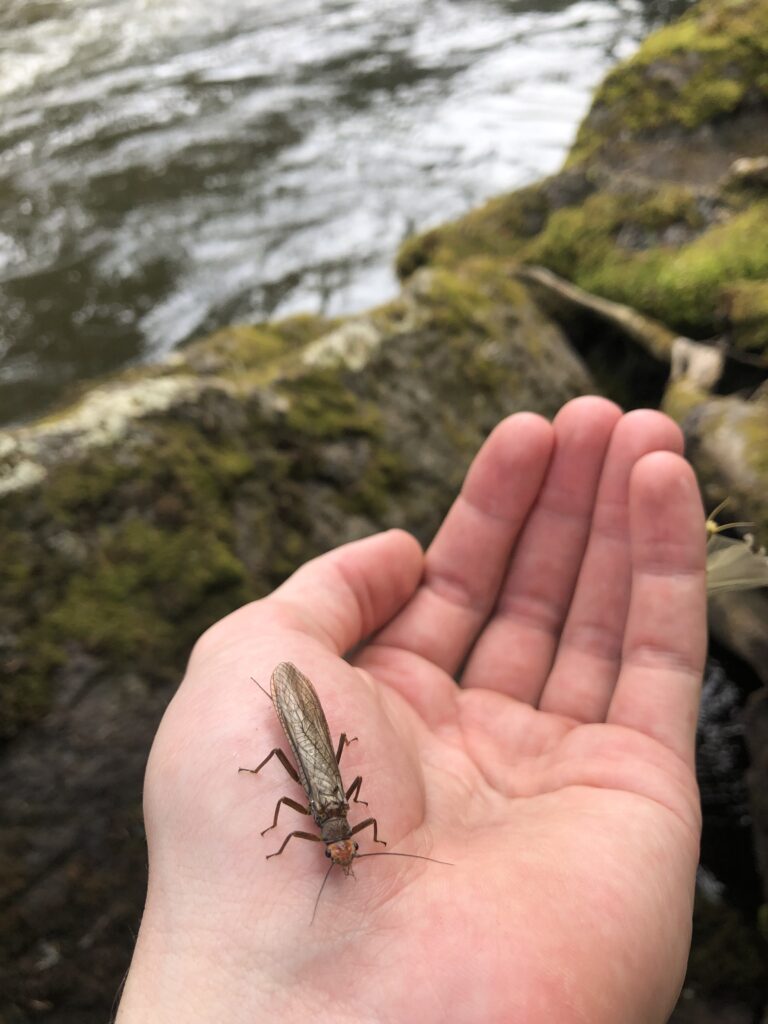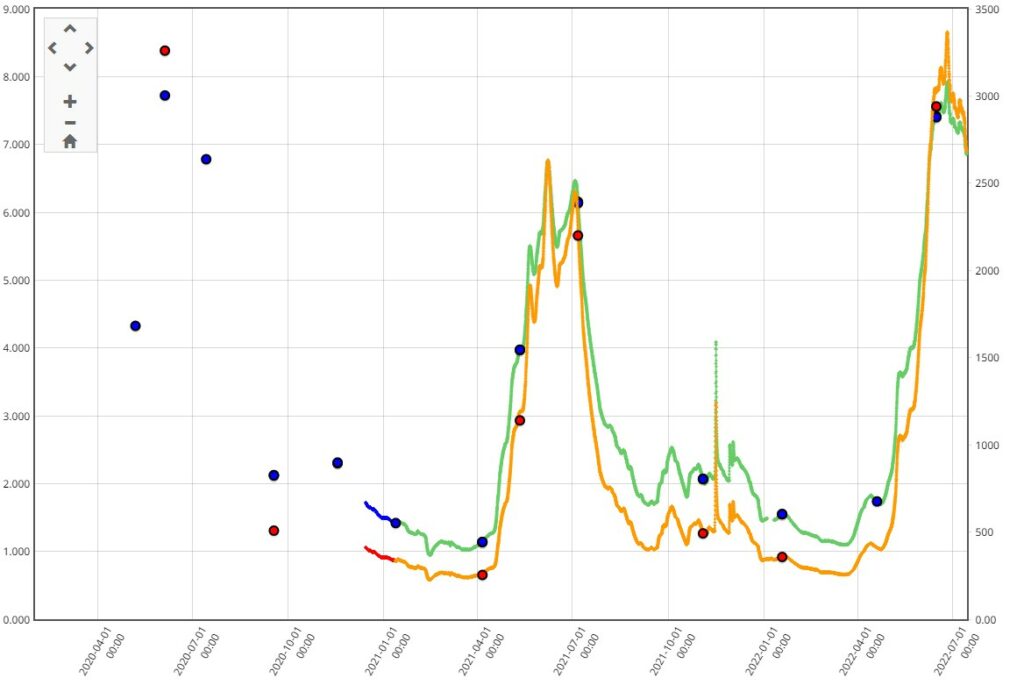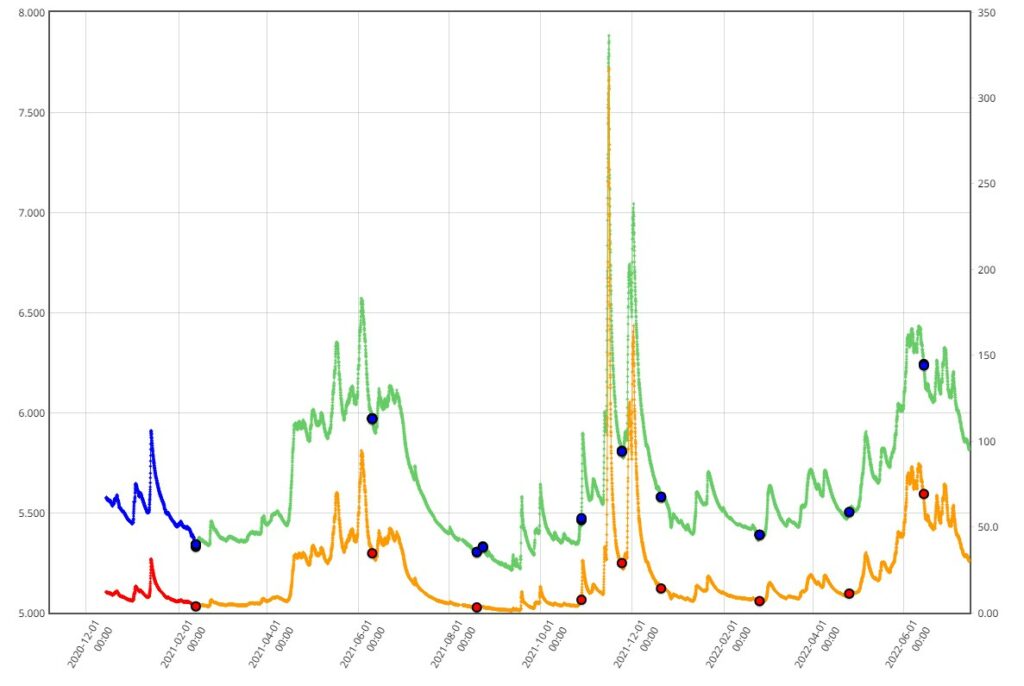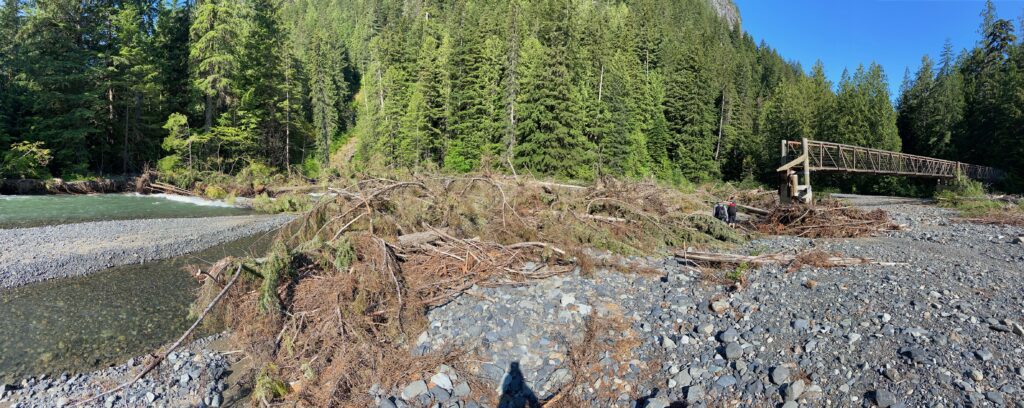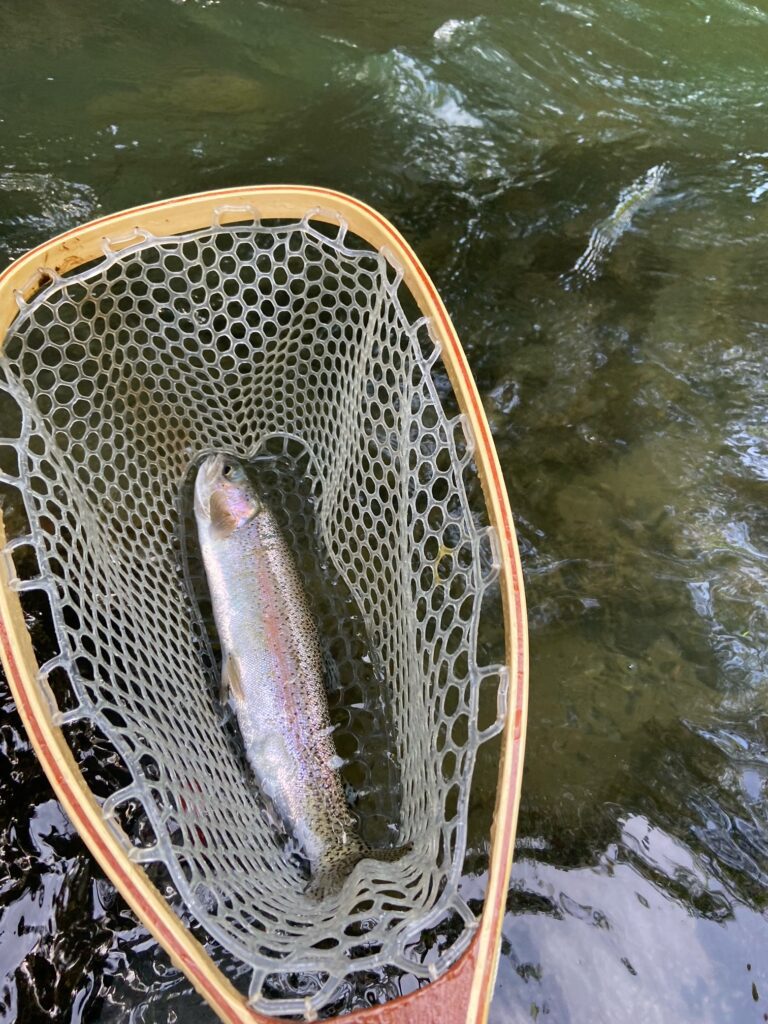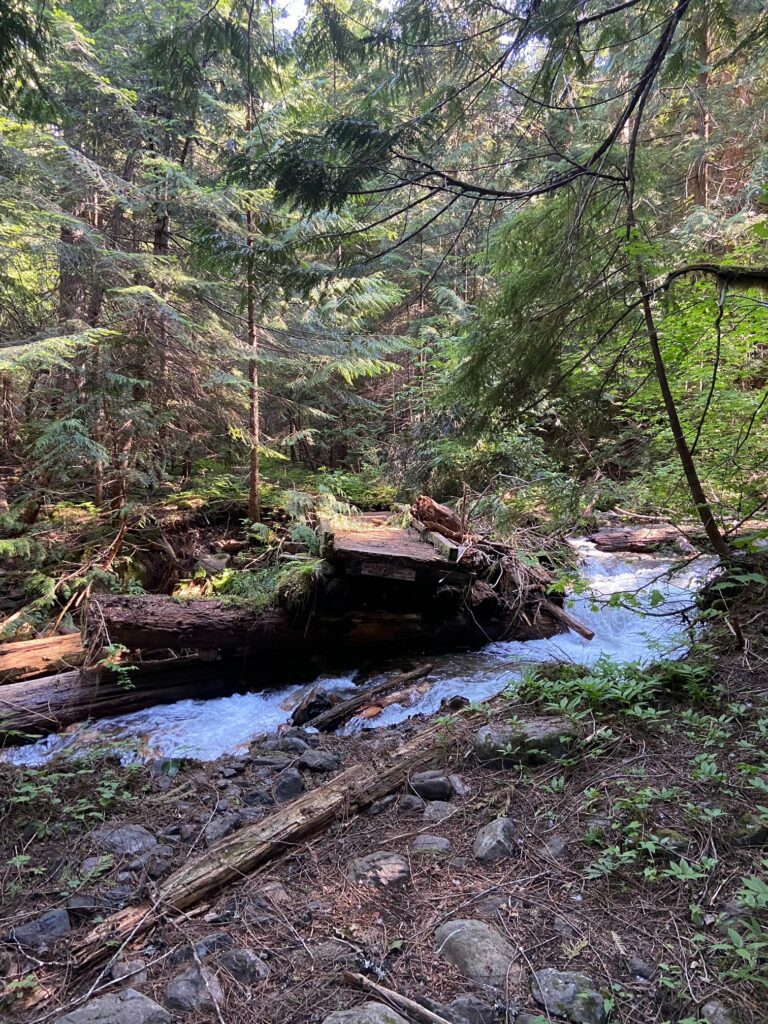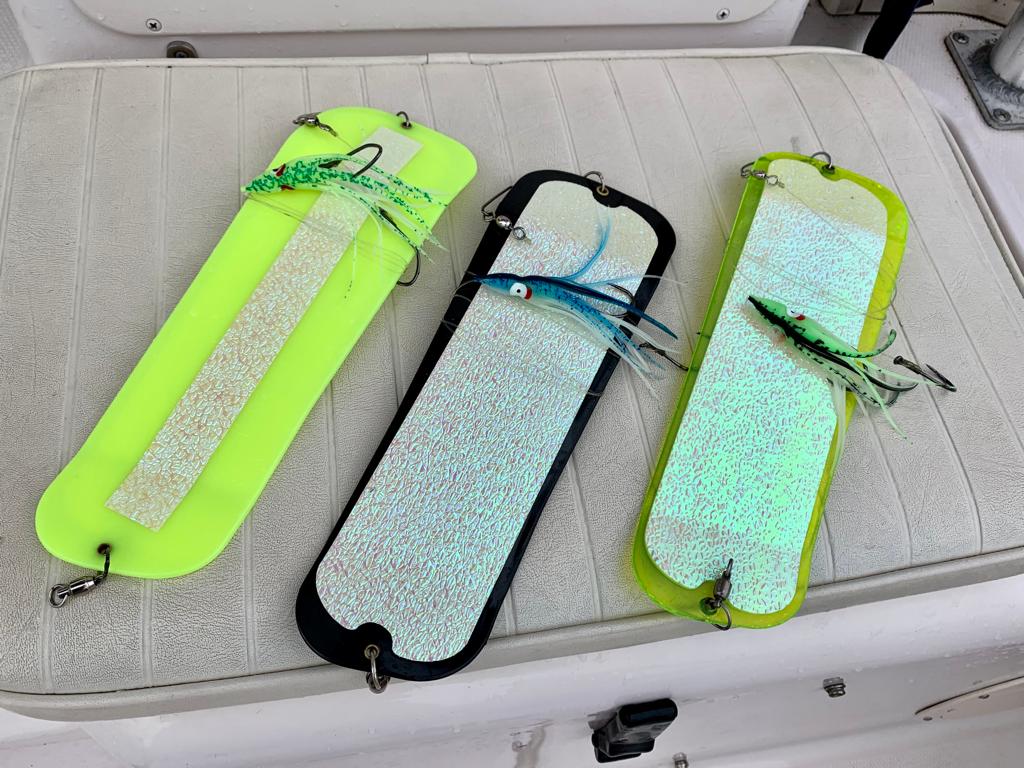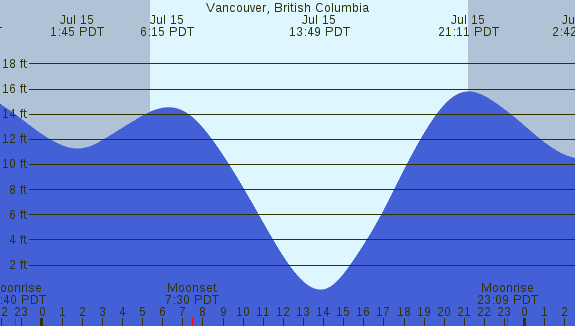OUTLOOK
It’s the middle of July and with that means a few opportunities for retention for the saltwater anglers. Jason has a quick report this week and for those looking for more details on the new regulations that are in place, as of today, be sure to familiarize yourself with the fisheries notifications that were released late in the afternoon of July 8.
For freshwater anglers, we have reports this week on the Chilliwack, Vedder and a look at the water levels for some interior rivers.
Matt is back this week with video version of the report with details on all of the above and more. Have a watch of that here:
Last, but not least, we are looking to add to our team and are hiring retail sales associates. Check out the “Industry Events and Updates Section” below.
INDUSTRY EVENTS AND UPDATES
Join Our Team
Summer is in full swing here at the shop and we are looking for retail associates to join our team for the late summer, fall and beyond! Full and part time positions are available.
Check out the shop posting here.
CLASSES AND COURSES
Our classes have wrapped up for the summer season but we will be back in the fall with these exciting classes. Call the shop at 604.872.2204 to sign up before they sell out.
INTRODUCTION TO FLY FISHING
This course was specifically designed to give the new fly fisher the basic knowledge, casting skills and fly fishing strategies to effectively fish our local BC waters. This course is comprised of two sessions; 3hr evening seminar and a 3hr casting session. The dates below show the seminar date first and casting date second.
Dates: Sept 20 & 24
Cost: $150.00
Zoom Seminar Time: 6:30pm – 9:30pm
Casting Time(s): 10am – 1pm or 1:30pm -4:30pm
INTRODUCTION TO FLY TYING
There is no greater satisfaction than catching a fish with a fly you tied yourself. This Introduction to Fly Tying course was specifically designed to give you the fundamental skills needed to tie proven fly patterns used here in BC for trout, salmon, and steelhead.
This course consists of 3 sessions; each session is 3hrs.
Students are required to supply their own vise, tools and materials. A 10% discount is available on fly fishing materials and tools purchased for the course.
Dates: Sep 27, Oct 4, 11
Cost: $80.00+GST
Time: 6:30pm – 9:30pm
FRESHWATER FISHING REPORTS
Chilliwack/Vedder Fishing Report
Summer red chinook fishing has started to kick into gear this past week on the C/V. The river is on the high side, but anglers have still been picking fish out. Typically, in the second week of July we start to see the first big pushes of fish into the river. Fishing will only continue to improve towards the end of July. The visibility in the lower river is good at ~5ft and improving the further upriver you go.
The slides of the winter have created some interesting changes and challenges causing many of the deep pools and guts of the Lower Vedder to flatten out to long tailing runs. In my opinion, that is the best thing that could happen for the summer fishery short of more returning fish. Last year, a large majority of fish were stuck in a few select pools in the lower river, warranting hordes of anglers lining up side to side in an effort to get a piece of the pie. These new long tailing runs will hopefully eliminate major choke points in the lower river and help spread out fishing pressure significantly.
Float fishing with roe, beads and blades is the status quo for these summer chinook. With that said, do not neglect the magic of using something entirely different from everyone else, a unique presentation can set you apart from the others.
With the higher water currently, focus on holding water and seams where moving fish might stop for a break. Areas 4-8ft deep that slow down just off the fast water are key spots to look for until the river level drops.
It is important to note that the sockeye returning to Chilliwack and Cultus Lake are present the same time as the summer chinook. Contrary to popular belief, they are in fact extremely bitey in the river making for a common bycatch. While a fun bycatch, Cultus Lake sockeye are critically endangered and deserve all the help they can get. Please remember to properly identify your catch before bringing it onto the rocks, as well as handling any sockeye with the utmost care.
See you in the shop or on the water,
Gavin Lau
Capilano River Fishing Report
Fishing has been spotty in the Capilano thanks to a couple factors – lower water levels, higher temperatures, and the fact that it’s July, so there aren’t as many fresh fish pushing up as there was a few weeks ago. Now having said that, predicting what’s going to happen has been quite tough this year due to the changes in how the dam is being managed. For example, the river spiked for no apparent reason on Wednesday afternoon, which is something that I wasn’t expecting. Whatever the reason is, the bump in water levels means that the river was high enough for fish to move freely, so there should be a number of fish that pushed in on that bump.
Before the rise there weren’t many fish moving and the fish were getting “stale”, which meant the gear anglers were starting to struggle while the fly anglers who knew what they were doing were having moderate success. A bump in water levels usually means that a wave of fresh fish pushes in, which is a good thing for gear anglers. As I’ve said in previous reports, the gear guys out fish the fly guys when the fish are fresh, and the fly guys out fish the gear guys when the fish are stale.
It’s hard to say how the river is going to fish or what’s going to happen over the next week- there is some rain in the forecast for the weekend and it’s supposed to stay warm, so there’s a chance that the higher daytime temps and rain could trigger another bump in water levels, who knows. Bring an assortment of gear and be ready for whatever conditions you end up encountering if you plan on heading out. Remember that the Capilano is a dam-controlled river, so water levels can fluctuate dramatically in a short period of time. Always be ready to leave if things start getting sketchy or if you hear the alarm system that was installed last year.
Taylor Nakatani
SPECIAL FEATURE
Stonefly Patterns
The rivers throughout the province finally feel like they’ve crested and are on the decline. The water will stay quite muddy in most rivers for the next week or two and will be quite high but this is where stoneflies really thrive as they’re both a big presentation and heavy. Stoneflies are versatile and a blast to fish as you can nymph or swing them. Fish are desperate to get feeding and don’t tend to be near as picky as they will be in August/September.
The main types of stoneflies that we have in BC are the Skwala and the Golden Stonefly. They’re always much bigger than you expect them to be so make sure you have all sizes ranging from size 8-12 in a slightly curved 3XL hook. I tie them in a variety of colours but mainly gold, brown, and black with opposing colours for the thorax. For example, if I tie a black abdomen, I’ll tie an orange/gold thorax. If I tie a gold thorax, I’ll tie in a brown abdomen. I really like using Semperfli’s dirty bug yarn to make the process quick. Colour does matter but it’s really about making sure you’re at the right depth when fishing really fast water. Always put on more lead than you think you need as the best fishing with stones typically happens in deeper pools or at the ends of riffles. Stoneflies are very good swimmers and will hold onto rocks on the bottom. It’s their emergence where they become vulnerable, which is when fish key in on them. You can either nymph these and high stick them through a stretch of water or you can swing them. I also like chugging stones by holding them in the current and letting the legs flutter making it look like the stonefly is emerging and heading to shore, which is really similar to swinging a fly. It’s not meant to be a very delicate presentation and I’ll strip in the line pretty rapidly to entice a strike. This is also why it’s imperative that you’re fishing heavy stoneflies as it needs to be near the bottom when going against fast water. I typically will use 0.015-0.025mm lead wire to wrap around a sz 8-12 Tiemco 200R, Mustad C53, or a Daiichi 1270. Use the lead to create the shape and then use your choice of dubbing or dirty bug yarn to build the body.
Let me know if you’ve got any questions about fishing or tying stoneflies.
Sterling Balzer
River Outlook For Skagit – Thompson and Everything In Between
Normally, at this time of year we would be heading into prime river levels for trout fishing on many of the rivers around southern parts of the province. Unfortunately, this year is different. We are facing access issues due to the flooding last fall and a very late snowpack melt due to a cool spring.
The general consensus is we are 2-3 weeks behind where we were last year at this time, so break out your fishing journals and look back at when you had good fishing last year and add 2 weeks if not 3.
We are hoping that the Thompson has started its major drop of the season. The river usually sees a very abrupt drop after the first stretch of warm weather. It looks as though this drop started on the 11th. If it holds with historical norms, fingers crossed, it will drop about 0.1 meters per day. That is going to mean fishable water in 20-30 days but we would like to see it even lower for good hiking access.
On the Skagit numbers, we are at the exact same numbers as opening day, July 1, last year. Barring that the graph has not shifted and we can run off these numbers, we expect it will be another 15-20 days of stable warm weather before we see crossable conditions.
Access Update – Many of you have been asking about the access on the Skagit. We had some information access in our July 1st report (scroll down to the Skagit River section). We have reached out for updates but as of now we have no new updates on the road work on the lower section. If anyone has heard anything, please send the info in to matt@pacificangler.ca The upper section also has major access issues.
Trails are usable and the park is partially open but, from the reports last week, you need to be careful on the trails, as the river was high and still held a blue/green glacial tint. Anglers caught fish but, with limited access, it was not easy.
Though crowding was not reported as an issue, we will need to be cognizant of it with the limited areas to get to the river. If you are game for a scouting mission, be careful and smart with both the trails and crossing the river. If you can hold off, we recommend it.
If you are heading out on any other systems nymphing and stream fishing should be where you start. Fish a 3-6wt with an indicator and 9-12 ft 4X-5X leader. This time of year, I love running stonefly patterns. They are a great searching setup. Check out Sterling’s stonefly piece for some inspiration if you are hitting the vise. Carrying a second rod (5-7wt) with a sink tip and white or olive streamers can be very effective for both bulltrout and rainbows at this time of year. Although dry fly fishing shouldn’t be hot with high cold water keep your eyes peeled for brown caddis on the Thompson and grey mayflies on the Skagit.
Good Luck!
Matt Sharp
SALTWATER FISHING REPORTS
Vancouver Saltwater Salmon Fishing Report
Well, it’s 5:00 am Friday morning and I am having my morning coffee, looking at the marine forecast and deciding if I am going to make it over to Gabriola this morning. Looks like it will be doable for most and the SE backs off later in the day for a slightly smoother ride home. After this SE some NW comes in for the weekend. Currently, Saturday looks like the transition day and the calmer of the two weekend days with Sunday having some NW winds forecast in excess of 15 knots that might make crossing too rough.
I was over on Tuesday and fishing was great. There are lots of chinook around in all the popular spots. As usual, glow flashers with hootchies have been very productive. Depths vary considerably spot to spot but closer to the bottom has been better. Either just off bottom or within 20% is usually where you will see the bait and find the fish.
If you aren’t crossing, I would look for some coho off South Bowen if conditions allow. I was reviewing my photos and journal from past years and we caught some nice coho this week in July. So far, the coho fishing has been spotty, but it should pick up right about now. Concentrate your efforts in the top 50 feet of the water column and try reflective flashers like the Oki Betsy or Gibbs Twisted Sista or Purple Onion. White hootchies are a go to for this fishery and if you want to fish spoons, smaller spoons in 3.0 to 3.5 in nickel or silver finishes with some green usually work well.
A reminder that chinook opens today for 1 a day, hatchery or wild, between 62 and 80 cm in area 29-1 and 29-2 and 17-10 and 17-11. Make sure to consult the regulations for exact details, but if you are W of Gower Point you should be good and if you are W of Thrasher Rock marker you should be good. The no fishing for chinook regulations are still in effect in other areas around Vancouver. Coho regs are 2 hatchery coho per day, min size 30 cm.
See you in the shop or on the water,
Jason Tonelli
Beach Fishing Report
At this time of year, most anglers can expect the local beach fishery for the Capilano coho to start picking up as water levels drop. This usually coincides with the regional district closing the dam which is followed by dropping water levels. As the river drops, the beach fishing usually starts to improve.
That said, this past week saw the river bump a little bit, allowing some of those fish that were staging to shoot up overnight on the full moon.
This week has some large tides in the afternoon, with the morning tides being a little too high to hit the sand bar that most anglers strive to fish from. This means that you can sleep in a little bit and not be rushed for first light. Trying your hand at the evening tide may prove to be successful as the day time temps cool and light starts to fade.
The table below is from today, Friday, and you can expect a 45min-1hr advance each day through the weekend and into next.
Small-to-medium spoons and spinners are always a great choice for those anglers tossing traditional gear, along with buzz bombs and other retrieval jigs.
For flies, most anglers in the know have learned that these fish are staging and are more focused on spawning than eating. Keeping this mind, small and sparse flies seem to usually be the winning tickets, but not the law. Having a few larger and flashier flies can sometimes be the difference maker but are usually looked at last, behind small krill and euphasid patterns.
Floating lines and long leaders are the preferred set-up, with small, slow strips being the choice of retrieval. Adding in a small twitch or darting action can sometimes illicit a response from any fish who may be following but not committing.
Keep aware that the tides have big swings and will also have big pushes. With this in mind, keep tabs on your timing when venturing out to the sand bar to ensure you aren’t swimming back to your car. If you suddenly realize you’re the only one on the sandbar, check the tide and maybe start reeling in and packing up as you don’t want to ‘be that angler’.
Cheers,
Jordan Simpson


